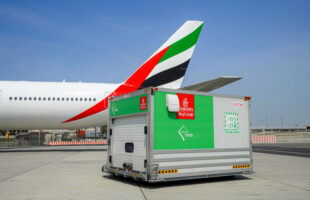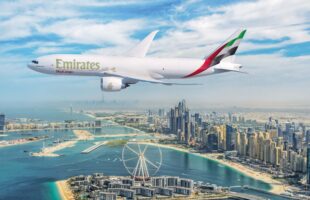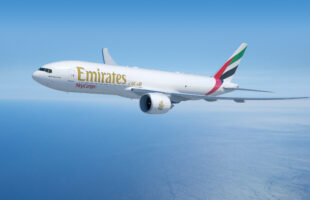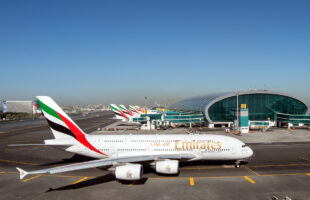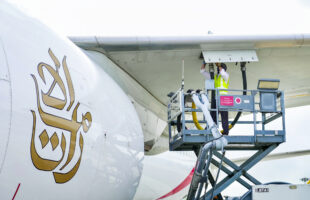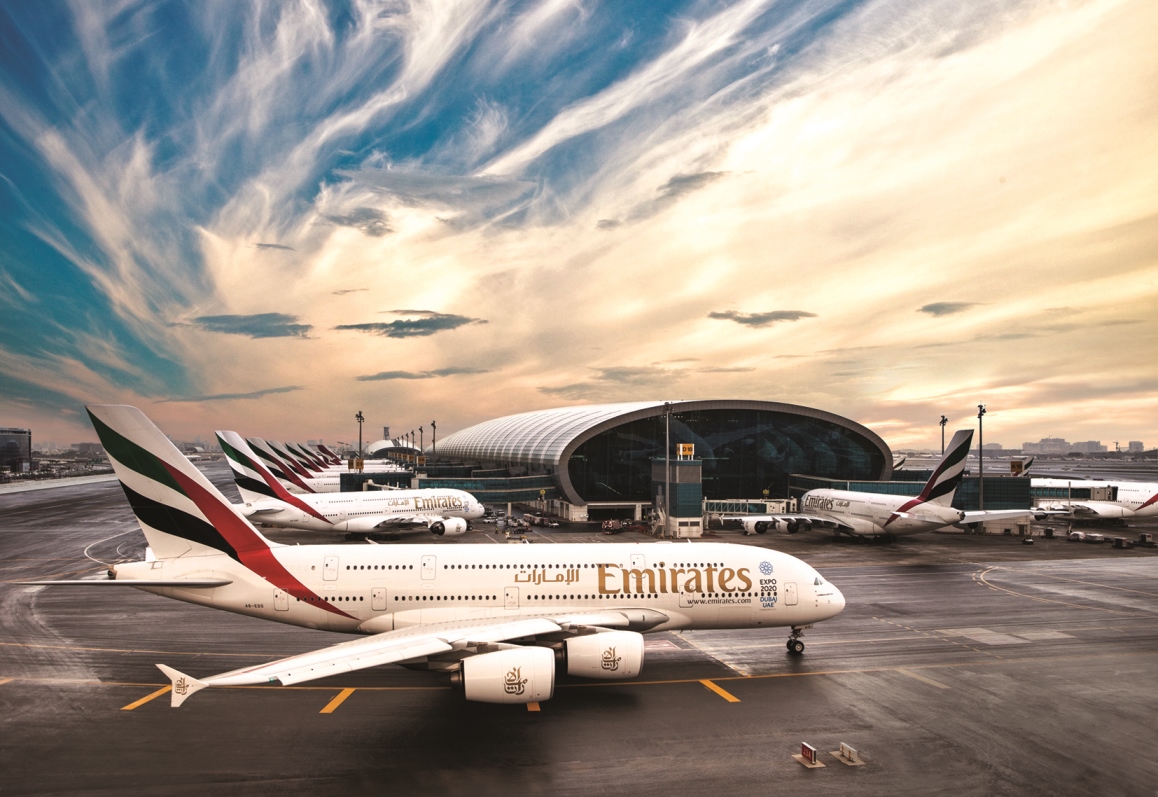
The Emirates Group today announced its half-year results for 2015-16, showing continued business growth and a strong performance. Group revenue reached AED 46.1 billion (US$ 12.6 billion) for the first six months of its 2015-16 financial year, down 2.3 per cent from AED 47.2 billion (US$ 12.9 billion) during the same period last year, reflecting the impact of the strong US dollar against major currencies. The double-digit revenue and profit growth were driven by first time consolidation of major international acquisitions Stella Group and Toll dnata, the Group said.
The Group marked one of its best half-year profit performances ever, with net profit rising to AED 3.7 billion (US$1.0 billion), up 65 per cent over the last year’s results. In the first half of the 2015-16 financial year, the Group’s Emirates airline business saw a net profit of AED 3.1 billion (US$849 million), up 65 per cent from the same period last year.
The Group’s cash position on 30 September 2015 was AED 14.8 billion (US$4.0 billion), compared to AED 20.0 billion (US$ 5.5 billion) as at 31 March 2015, the decline attributed to ongoing investments, mainly into new aircraft, airline related infrastructure projects, and business acquisitions.
Emirates Airline and Group chairman and chief executive, Sheikh Ahmed bin Saeed Al Maktoum said: “Our top-line figures were hit hard by the strong US dollar against other major currencies. The currency exchange situation, combined with ongoing regional conflict and weak economic outlook in many parts of the world, dampened the positive impact of lower fuel prices during the first half of our 2015-16 financial year. Emirates also made the decision to pass on savings from the lower fuel prices to our customers by cancelling passenger fuel surcharges, and lowering fares across the network.”
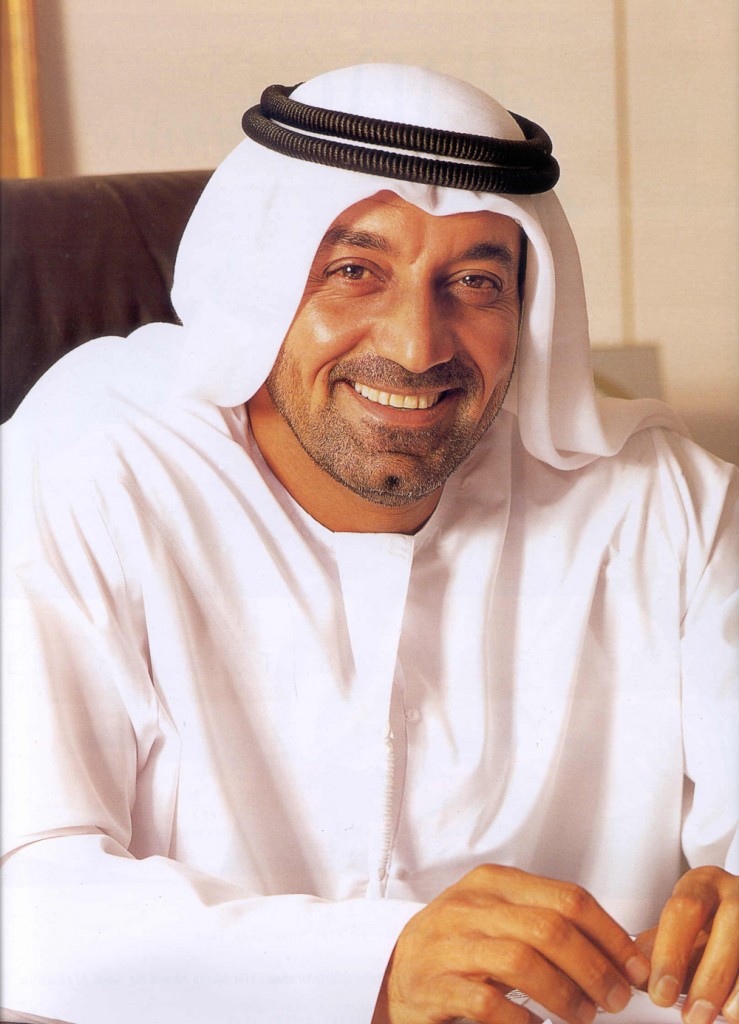
He added: “That the Group is reporting one of its most profitable first half-year performances ever, speaks to the strength of our underlying business. In first six months of this year, Emirates and dnata grew in terms of capacity, capability and global reach – organically, and for dnata through strategic acquisitions as well.
“Looking ahead, we will continue to build on our core strengths by investing in new ways to improve efficiencies and deliver the best customer outcomes. At the same time, we will keep an eye out for strategic growth opportunities, and stay agile so that we can respond effectively to external challenges.”
During the first six months of the financial year Emirates received 13 wide-body aircraft – eight A380s, and five B777s. It also retired four older aircraft, resulting in a net increase of nine new aircraft for its fleet, with 16 more new aircraft scheduled to be delivered before the end of the financial year (31st March 2016).



